What is Circular Economy?
For centuries, we have been embedded in a linear economic model based on the cycle of "extract, produce, consume, use, and discard." But can this logic be sustained in the long term?
The linear model has led us to a scenario of socio-environmental polycrises, marked by climate change, environmental degradation, biodiversity loss, social inequality, economic instability, and more. The consequences of the linear model are being felt worldwide, disproportionately affecting vulnerable populations, biodiversity, and ecosystems, leading to new associated socio-environmental crises. In short, key social and environmental indicators point to the urgent need for radical change.
In the search for alternative models, the Circular Economy emerges, proposing new ways of interacting with resources, valuing processes such as recycling and reuse, reducing the amount of waste we generate daily, and creating processes aimed at regenerating what has already been negatively impacted or lost. In other words, the focus is on maximizing the use of resources already extracted from nature, continuously reintegrating them into the production cycle, minimizing waste generation, and fostering the regeneration of environments and ecosystem services. These objectives are connected to various practices such as refusing, rethinking, reducing, reusing, repairing, recycling, and regenerating.
By shifting to a more circular economic model, we move away from simply extracting value as if resources were infinite and towards processes that generate real positive impacts, regenerating environments and ecosystem services, which also positively affects societies and businesses.
Linear Economy
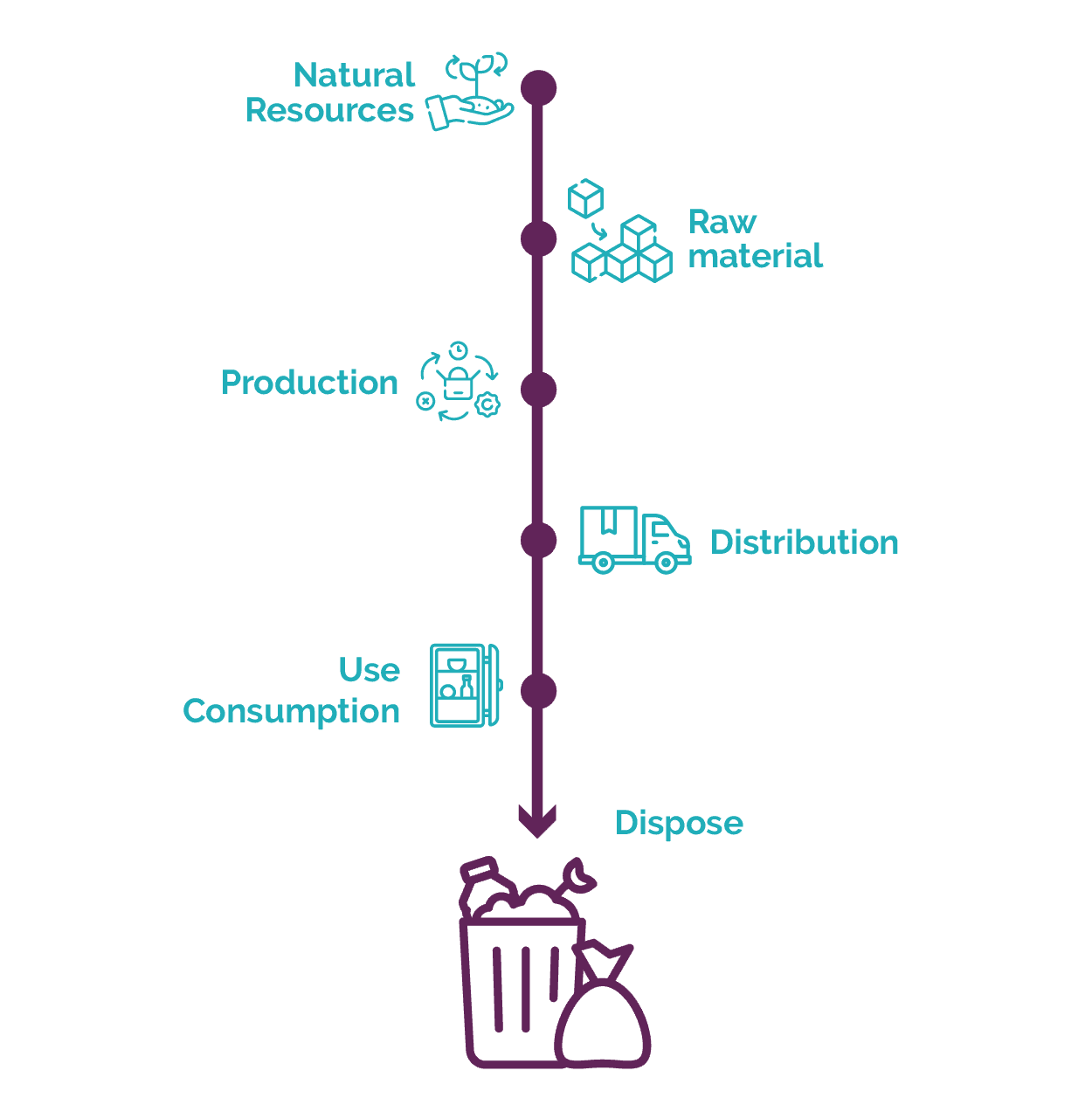
In the Linear Economy, the material cycle follows the logic of basically: extract, produce, consume, and discard. The path ends in landfills, dumps, and the environment.
Circular Economy
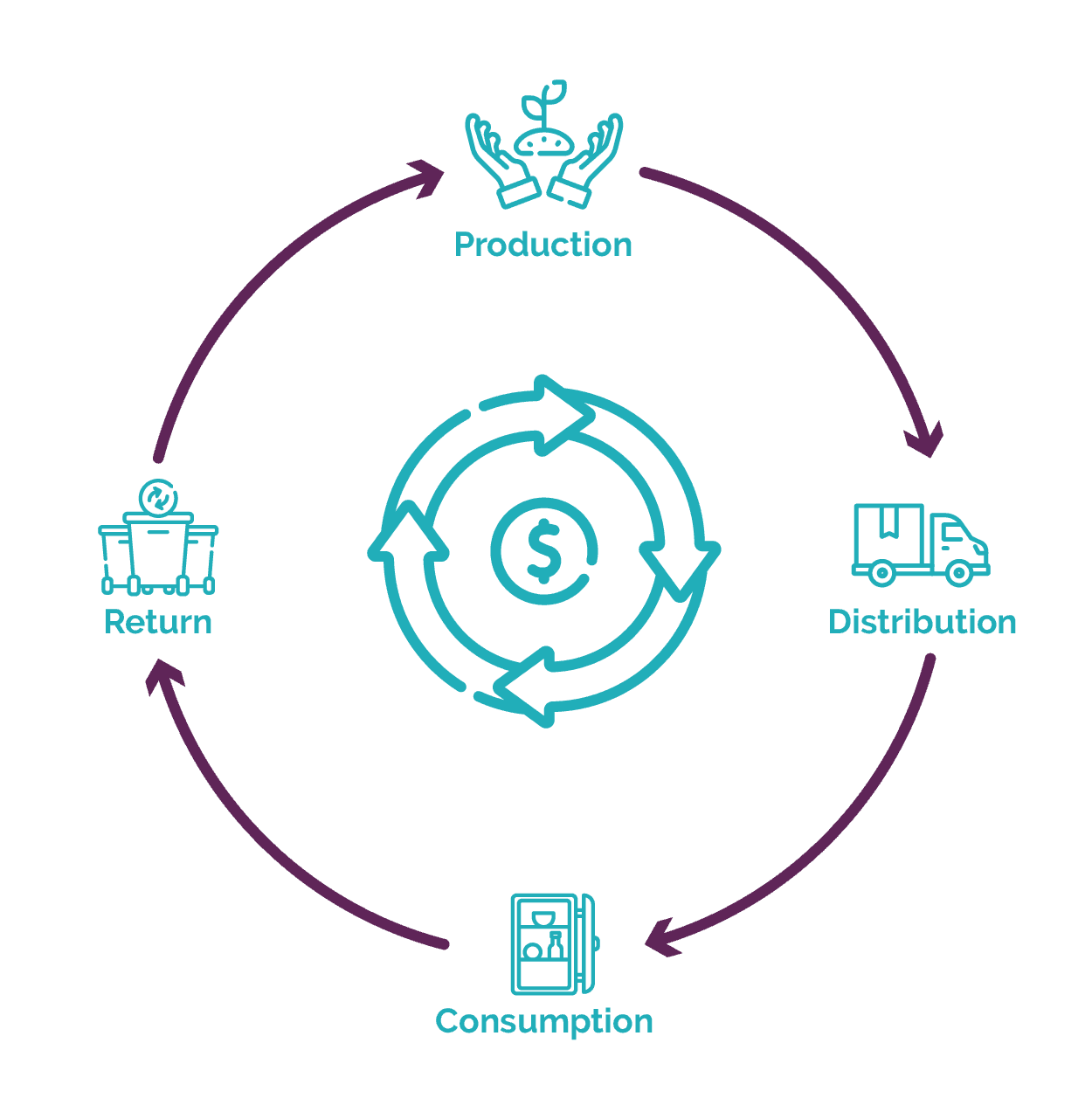
In the Circular Economy, everything is designed to be durable, recyclable, repairable, and, above all, reusable. The cycle should be continuous and sustainable. The idea is to generate no waste.
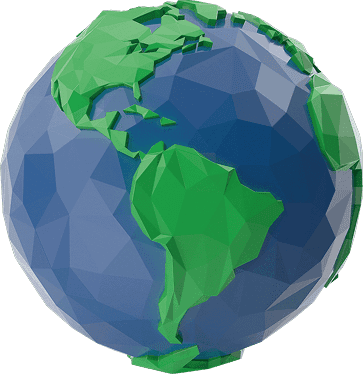
According to the UN,
the Circular Economy could generate a net annual gain of
$108.5 billion,
through waste reduction, effective waste management, and other practices.
After all, what is the crisis in the Linear Economy?
Every year, humanity extracts billions of tons of different natural resources from the environment. According to the United Nations' Global Resources Outlook for 2024, since 1970, the extraction of these natural resources has tripled over the last five decades, rising from 30 to 106 billion tons, which equates to an increase from 23 to 39 kilograms of different materials used, on average, per person each day.
One of the main challenges is that many of these resources are finite and are already showing signs of depletion. Aluminum, for example, is being extracted in large quantities, with bauxite reserves depleting rapidly. Lithium, essential for cell phone and vehicle batteries, faces high demand and limited reserves. Iron, crucial for construction and the steel industry, is also being mined at an unsustainable pace. Additionally, oil is becoming increasingly difficult to extract, with conventional reserves depleting and forcing exploration of more complex sources, such as in the Arctic and the Amazon region.
According to the UN report, the extraction and processing of natural resources are responsible for more than 60% of the emissions contributing to global warming and 40% of the air pollution impacts that affect human health.
Inequality in resource consumption is another key issue in this context, where:
- Developing countries consume approximately six times fewer materials and generate ten times fewer climate impacts than developed countries;
- The most developed nations, on the other hand, have more than doubled their resource use in the last 50 years, driven by their growth in infrastructure and the relocation of resource-intensive processes to developing countries.
These differences not only exacerbate global north-south inequalities but also jeopardize efforts to create a sustainable future for all. It is against this backdrop that the Circular Economy emerges as a path to rethink the way we do things.
In other words, when we consider the increases in demand, the methods, and the pace of exploitation, the unsustainability of the current model and its large-scale negative consequences are clearly evident. New ways to ensure socioeconomic development are urgent.
How does Circular Economy work?
The Circular Economy is based on some key principles, such as:
- Designing in a way that nothing becomes waste, valuing and facilitating processes like repair, recycling, and reuse;
- Creating integrated reverse logistics systems so that materials can be reused;
- Using materials and processes that do not pollute the biological cycle, and ideally contribute to its regeneration;
- Valuing clean energy sources, helping to decarbonize the economy;
- Creating opportunities within new, inclusive, and fair business models.
Therefore, Circular Economy is a model that aims to keep resources in circulation for as long as possible, reducing waste and the need for new raw materials. Additionally, it encourages sustainable production practices and innovation, generating a chain of innovation and opportunities that aim to improve environments and people's quality of life.
Main components and benefits of the model:
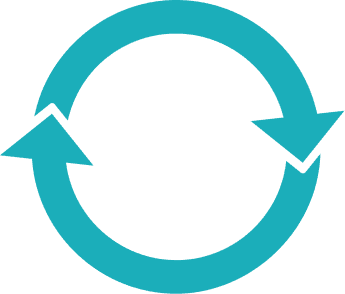

1Design and Production
Products are designed to be durable, reusable, repairable, and recyclable from the start. It involves choosing sustainable materials and designing for circularity

2Use and Reuse
Materials are used and kept in circulation for longer. When they reach the end of their useful life, they can be repaired, upgraded, or have their components reused in the same or new products.

3Remanufacturing and Recycling
Products are disassembled for remanufacturing or recycling. Materials are recovered and prepared for new production.

4Avoiding contamination between the technical and biological cycles
The first involves non-renewable materials such as minerals, petroleum, silica, etc. The idea is to keep these resources circulating, allowing them to be reused, remanufactured, or recycled, preventing them from becoming waste. The second involves natural-origin materials that can decompose and reintegrate into the environment without causing harm. Examples include food scraps that turn into nutrients for the soil or eco-friendly cleaning products that naturally break down.

5Regeneration
Valuing materials that can be used in the technical cycle and reincorporated into the biological cycle. It is not enough to reduce impacts; it is essential to ensure the regeneration of what has already been lost and create natural capital.
The 7 Rs of Circular Economy
They guide new ways of producing, consuming, and disposing in a more responsible and sustainable manner.

Refuse
Avoid purchasing unnecessary products.

Rethink
Adopt new models of consumption and production.

Reduce
Minimize the amount of resources used and waste generated.

Reuse
Find new uses for existing products.
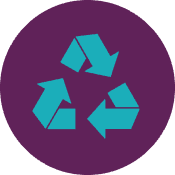
Recycle
Transform used materials into new products.

Repair
Fix products to extend their lifespan.
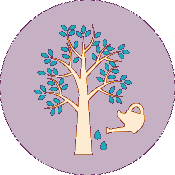
Regenerate
Conserve and allow the recovery of environments and ecosystem services.
Recycling: the most talked about R!
Recycling is perhaps the most remembered "R" when it comes to Circular Economy or sustainability. It is a process that not only helps save natural resources, but also reduces pollution and emissions associated with extraction and production. In this process, waste pickers and cooperatives play a key role. They ensure the efficiency of the recycling process by properly sorting and preparing the materials collected. Recycling can, therefore, be considered essential in opening new markets, new business models, and, of course, ensuring greater inclusion and creating new economic opportunities. To better understand the importance of waste pickers, cooperatives, and how they fit into the Circular Economy, check out this article about Carnival and reflections on waste pickers.
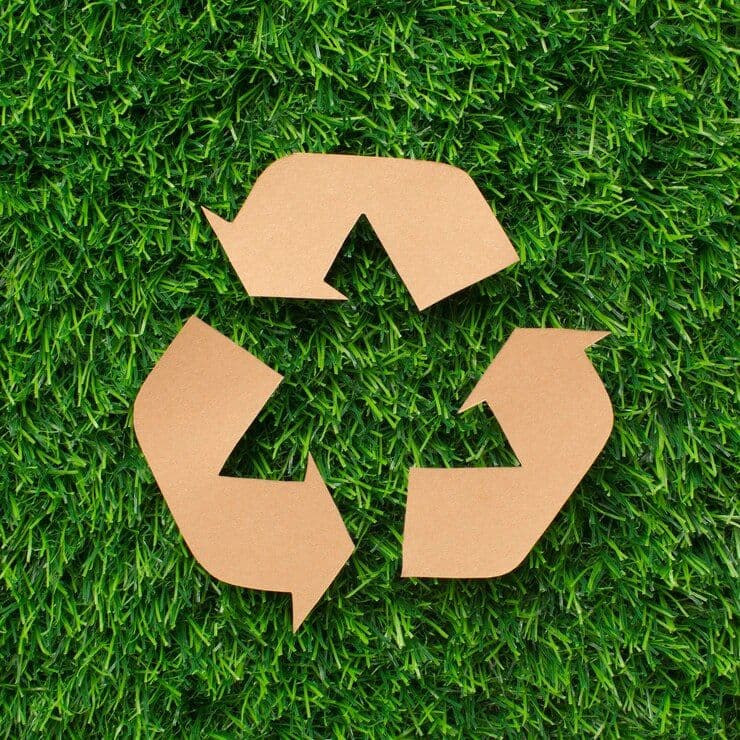

Benefits
Moving towards a Circular Economy and adopting a zero-waste approach, according to the UN, is the only path to ensuring a more sustainable future for all. Here are some of the main benefits:
- Waste Reduction Keeps products and materials in use for longer, reducing the amount of waste;
- Conservation of Natural Resources: Reduces the need for extracting new resources and the associated environmental impacts;
- Energy Efficiency: Improves the efficiency of production processes and reduces pollutant emissions;
- Innovation and Socioeconomic Development: Stimulates innovation and creates new market opportunities;
- Carbon Footprint Reduction: Decreases greenhouse gas emissions;
- Public Health Improvement: Contributes to maintaining environmental quality;
- Strengthening Economic Resilience: Makes supply chains more resilient and less dependent on scarce resources.
Who is responsible for the Circular Economy?
When we think about the transition to the Circular Economy, the key word is co-responsibility! A comprehensive and multisectoral cooperation is needed between all sectors of society, including businesses, governments, and civil society.
Dialogue in the search for solutions to common challenges is also a relevant practice in a more circular economy. One person's waste can be the raw material for many. And, in many cases, innovative ideas emerge from cooperation and the exchange of experiences.
But for all of this to happen, we need Education for Circularity!
Education for Circularity is vital in the transition to a Circular Economy, as it can promote an understanding of the principles of circularity and prepare current and future generations for new economic formats. The premises and principles of circularity align with various content already addressed in formal, informal, and non-formal education. It is necessary to build bridges so that more people understand how to put circularity into practice from the place they are. Thinking and acting locally, with a focus on global transformation.
Circular Economy Glossary
Conclusion
Moving towards a Circular Economy is more than just a choice; it is a necessity to ensure a sustainable future for all. The transition requires profound changes in how we live, produce, consume, and dispose of, and the Circular Economy offers pathways to rethink our choices and demand actions at different levels.
The Circular Movement is at the forefront of this change, promoting innovative and engaging educational and cultural initiatives. Discover how you can get involved and support this transformation. Learn about our initiatives, participate in activations, and follow our reports to stay informed and contribute to a more sustainable future and a more circular society.
Be the change in Movement. Be Circular.